Amaryllis Bulbs In Winter: Information About Amaryllis Bulb Storage
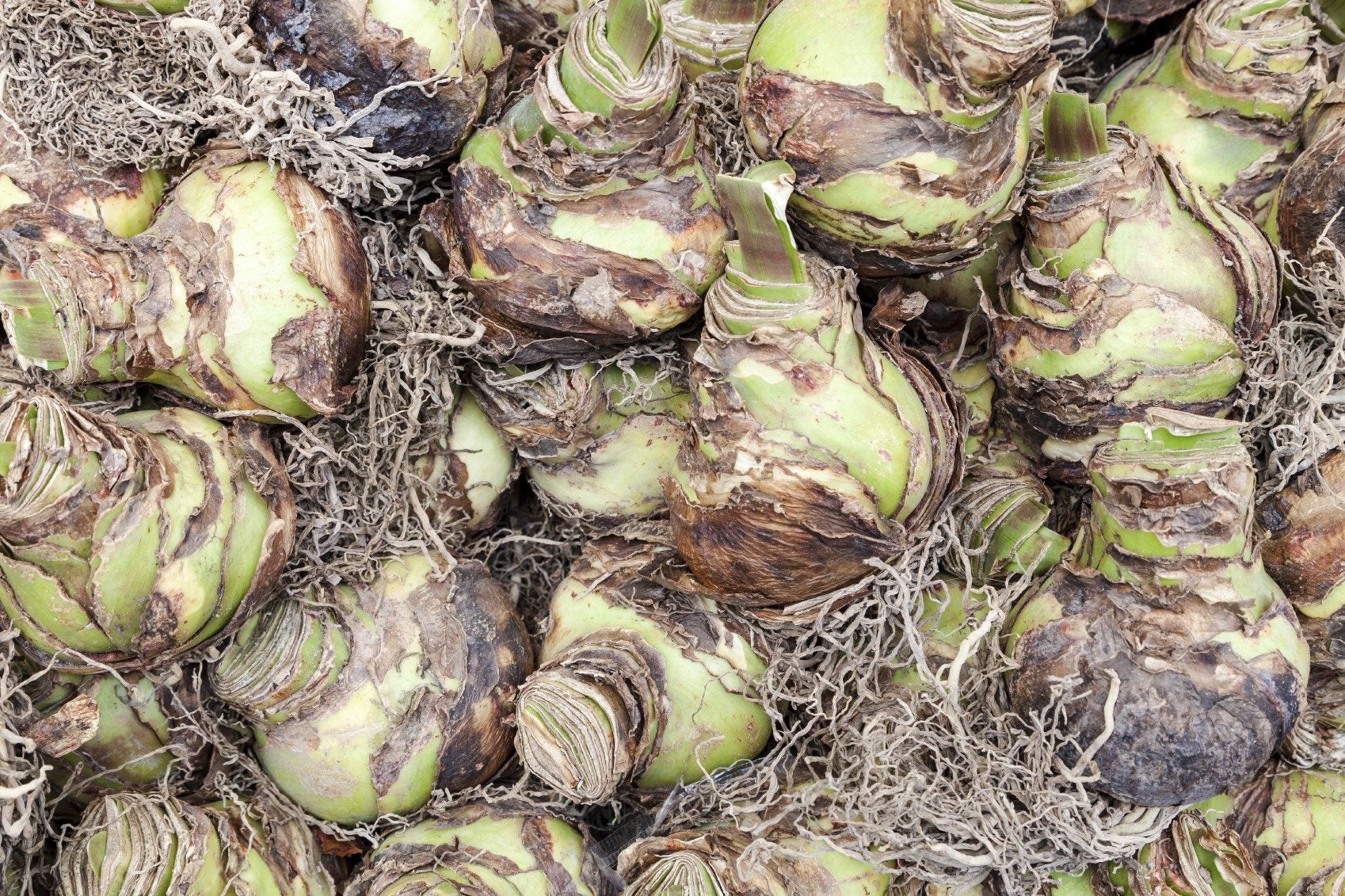

Amaryllis flowers are very popular early-blooming bulbs that make for big, dramatic splashes of color in the dead of winter. Once those impressive blossoms have faded, however, it’s not over. Storing amaryllis bulbs over the winter is an easy and effective way to get recurring blooms for years to come. Keep reading to learn more about amaryllis bulb storage and how to overwinter an amaryllis bulb.
Storing Amaryllis Bulbs in Winter
Once the flowers of your amaryllis have faded, cut back the flower stalks to ½ an inch (1.5 cm.) above the bulb. Don’t cut the leaves yet! Your bulb needs the leaves in place to gather energy to make it through the winter and grow again in the spring. If you move it to a sunny spot, it can gather even more energy.
If it’s in a pot with drainage holes and your nights are warmer than 50 F. (10 C.), you can move it outside. If your pot does not have drainage holes, don’t put it outside - the rain will build up and rot your bulb. You can transplant it outside into your garden for the duration of the summer, though. Make sure to bring it inside again if there’s any danger of frost.
Amaryllis Bulb Storage
When the foliage starts to die back naturally, cut it back to 1-2 inches (2.5-5 cm.) above the bulb. Dig your bulb up and store it in a cool, dry, dark place (like a basement) for anywhere between 4 and 12 weeks.
Amaryllis bulbs in winter go dormant, so they won’t need any water or attention. When you want to plant your bulb, place it in a pot not much bigger than the bulb, with its shoulders above the soil. Give it one good drink of water and place it in a warm, sunny window. Before long it should start growing.
Gardening tips, videos, info and more delivered right to your inbox!
Sign up for the Gardening Know How newsletter today and receive a free copy of our e-book "How to Grow Delicious Tomatoes".

The only child of a horticulturist and an English teacher, Liz Baessler was destined to become a gardening editor. She has been with Gardening Know how since 2015, and a Senior Editor since 2020. She holds a BA in English from Brandeis University and an MA in English from the University of Geneva, Switzerland. After years of gardening in containers and community garden plots, she finally has a backyard of her own, which she is systematically filling with vegetables and flowers.
-
 Moody Blooms For Spring: 8 Types Of Black Flowers To Add Drama To Spring Displays
Moody Blooms For Spring: 8 Types Of Black Flowers To Add Drama To Spring DisplaysFrom midnight burgundies to inky violets, several types of black flowers can enrich and embolden a spring display. Try these brooding bloomers for a moody garden
By Tonya Barnett
-
 Can Snake Plants Live Outside? Everything You Need To Know For Snake Plants Al Fresco
Can Snake Plants Live Outside? Everything You Need To Know For Snake Plants Al FrescoSnake plants can live outside given the right conditions, but be careful that they don't take over! Learn the best way to use snake plants in your landscape.
By Mary Ellen Ellis
-
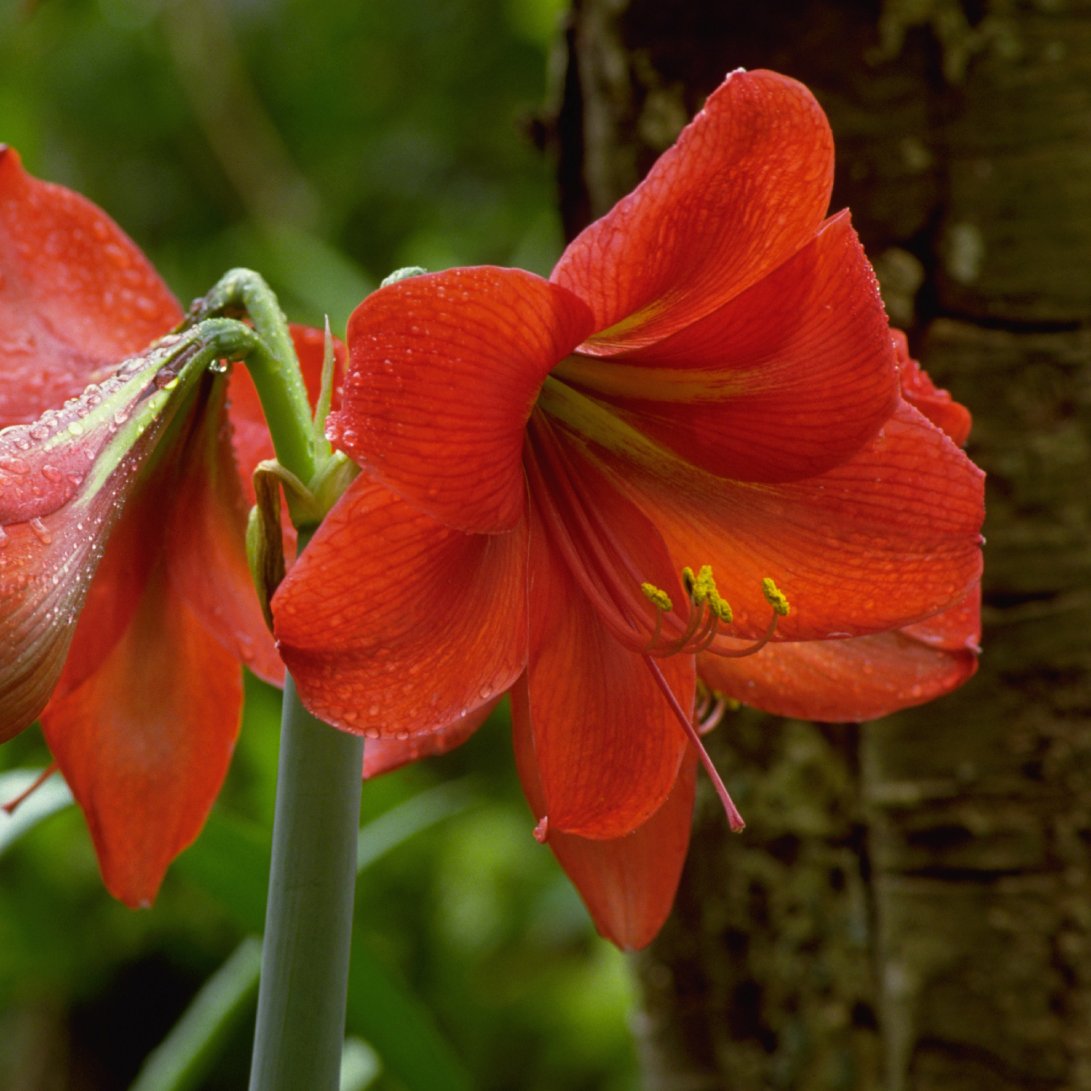 Amaryllis Southern Blight Disease: Recognizing Amaryllis Southern Blight Symptoms
Amaryllis Southern Blight Disease: Recognizing Amaryllis Southern Blight SymptomsBy Mary Ellen Ellis
-
 Amaryllis Has Leaf Scorch – Controlling Red Blotch Of Amaryllis Plants
Amaryllis Has Leaf Scorch – Controlling Red Blotch Of Amaryllis PlantsBy Tonya Barnett
-
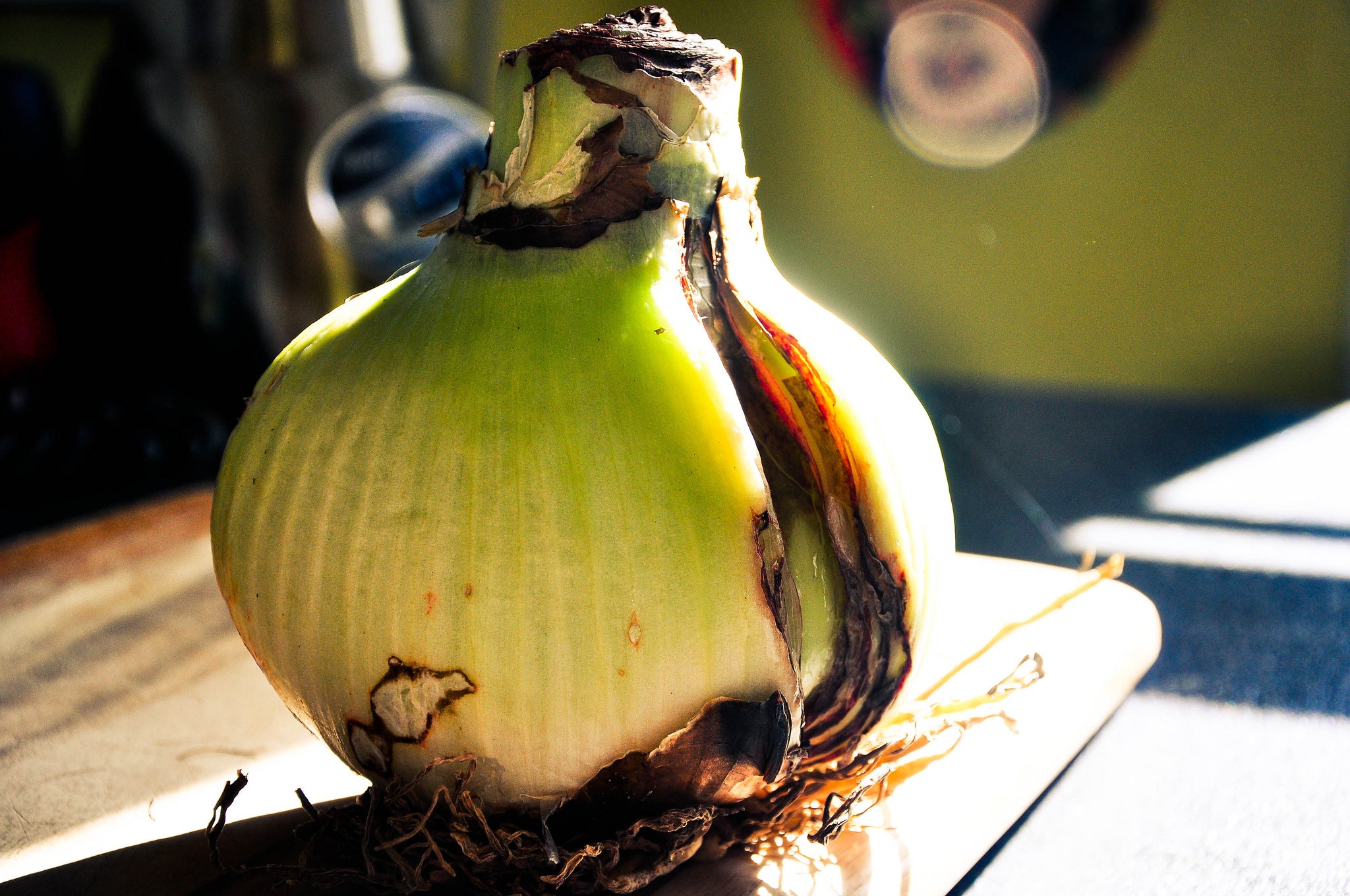 Amaryllis Bulb Rot – What Causes Rotten Amaryllis Bulbs
Amaryllis Bulb Rot – What Causes Rotten Amaryllis BulbsLike many potted plants, diseases and issues related to fungal infections can be detrimental to the development of the plant and may even cause it to die before it is able to bloom. Amaryllis bulb rot is one such issue. Learn more about this problem in the following article.
By Tonya Barnett
-
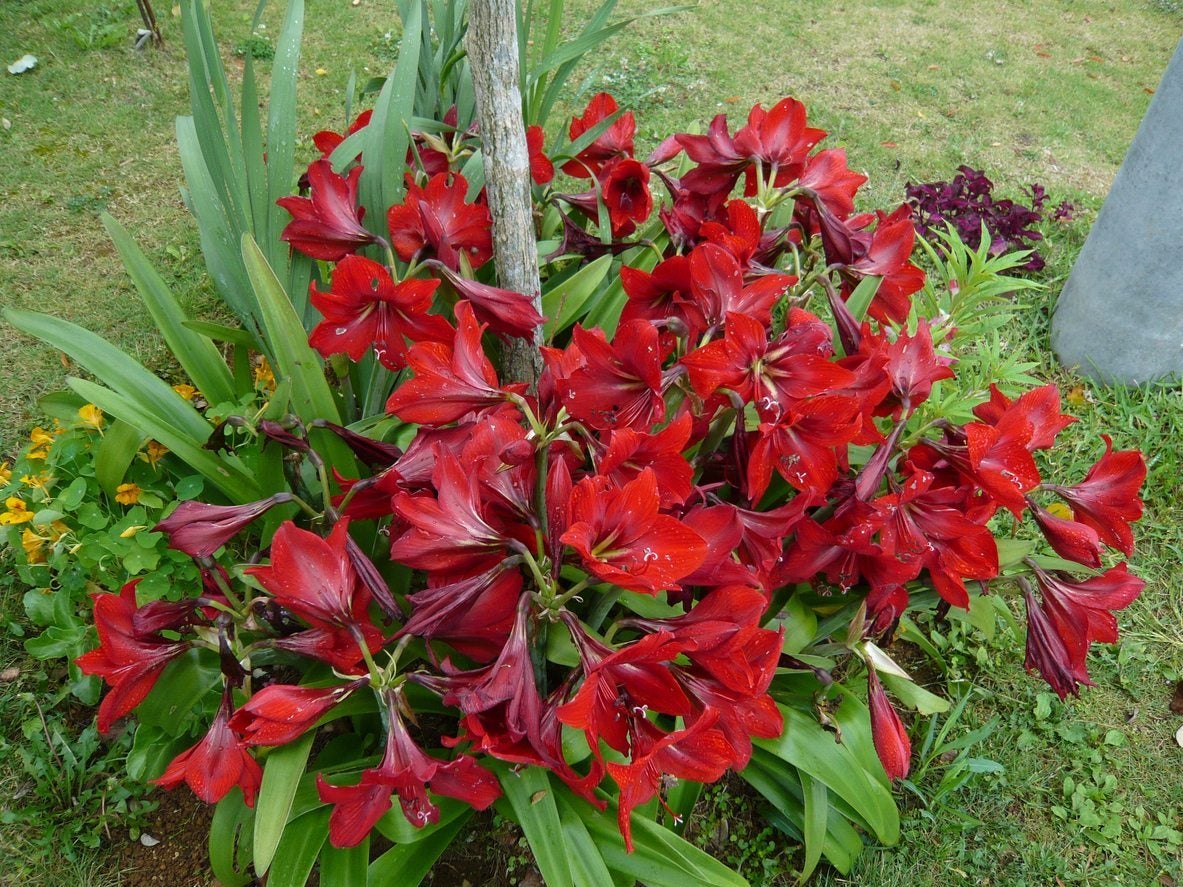 Separating Amaryllis Plants: How To Divide Amaryllis Bulbs In The Garden
Separating Amaryllis Plants: How To Divide Amaryllis Bulbs In The GardenLike many bulbs, in time and with the right environmental conditions, outdoor amaryllis bulbs will reproduce and naturalize. Amaryllis plant division is not only a way to control amaryllis colonies, but it also keeps plants healthy. Click here to learn more.
By Darcy Larum
-
 Complete Guide To Repotting Amaryllis – For Better Blooms & A Healthier Plant
Complete Guide To Repotting Amaryllis – For Better Blooms & A Healthier PlantAmaryllis plants don't need a lot of elbow room, but they do have to be repotted every 3-5 years. Wait until they're dormant and pick a slightly bigger pot.
By Teo Spengler
-
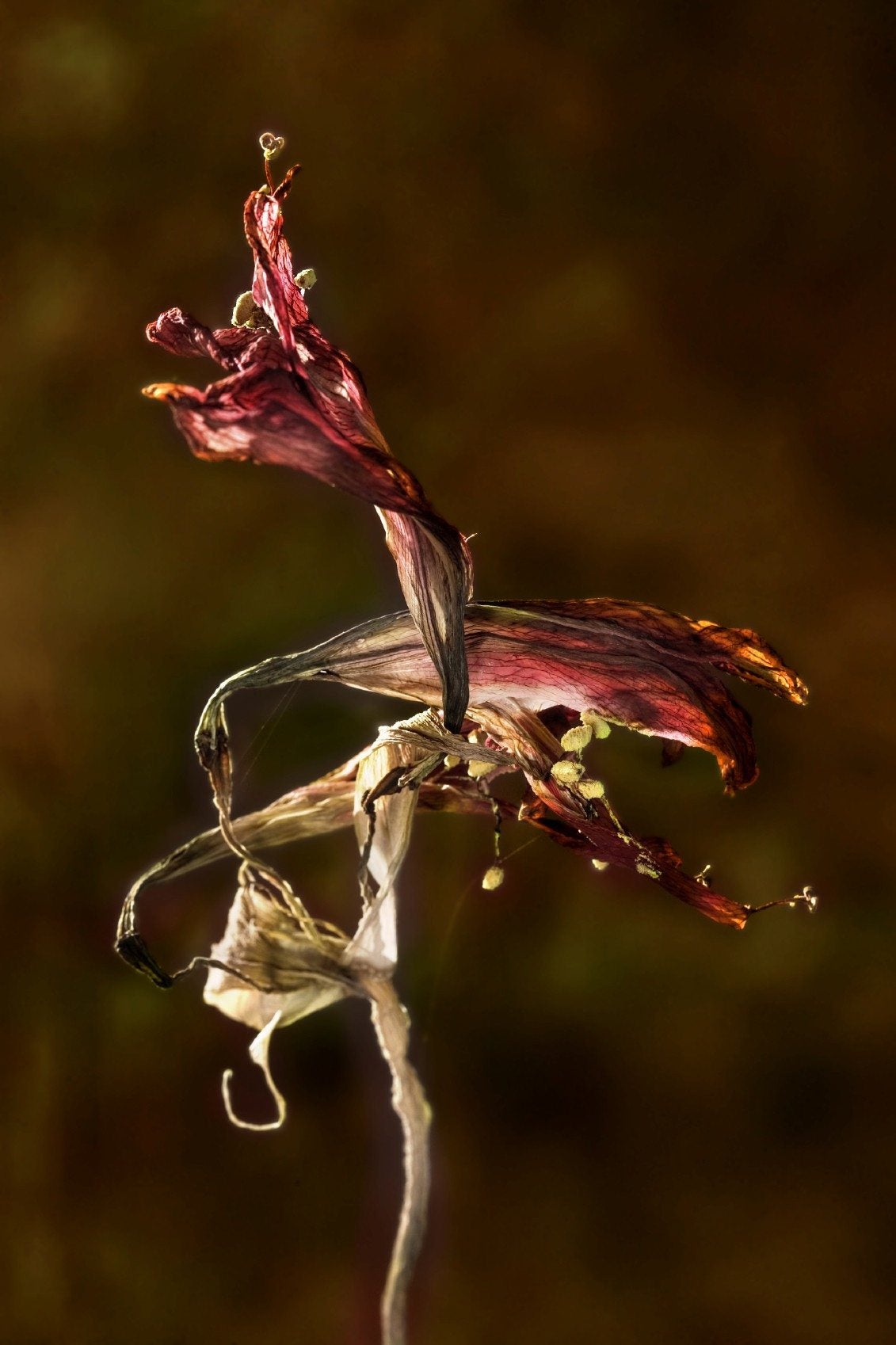 Amaryllis Seed Propagation: How To Plant An Amaryllis Seed
Amaryllis Seed Propagation: How To Plant An Amaryllis SeedIf you have some patience, you can produce and germinate your own amaryllis seed pods. Learn more about amaryllis seed propagation and how to plant an amaryllis seed in the article that follows. Click here for more information.
By Liz Baessler
-
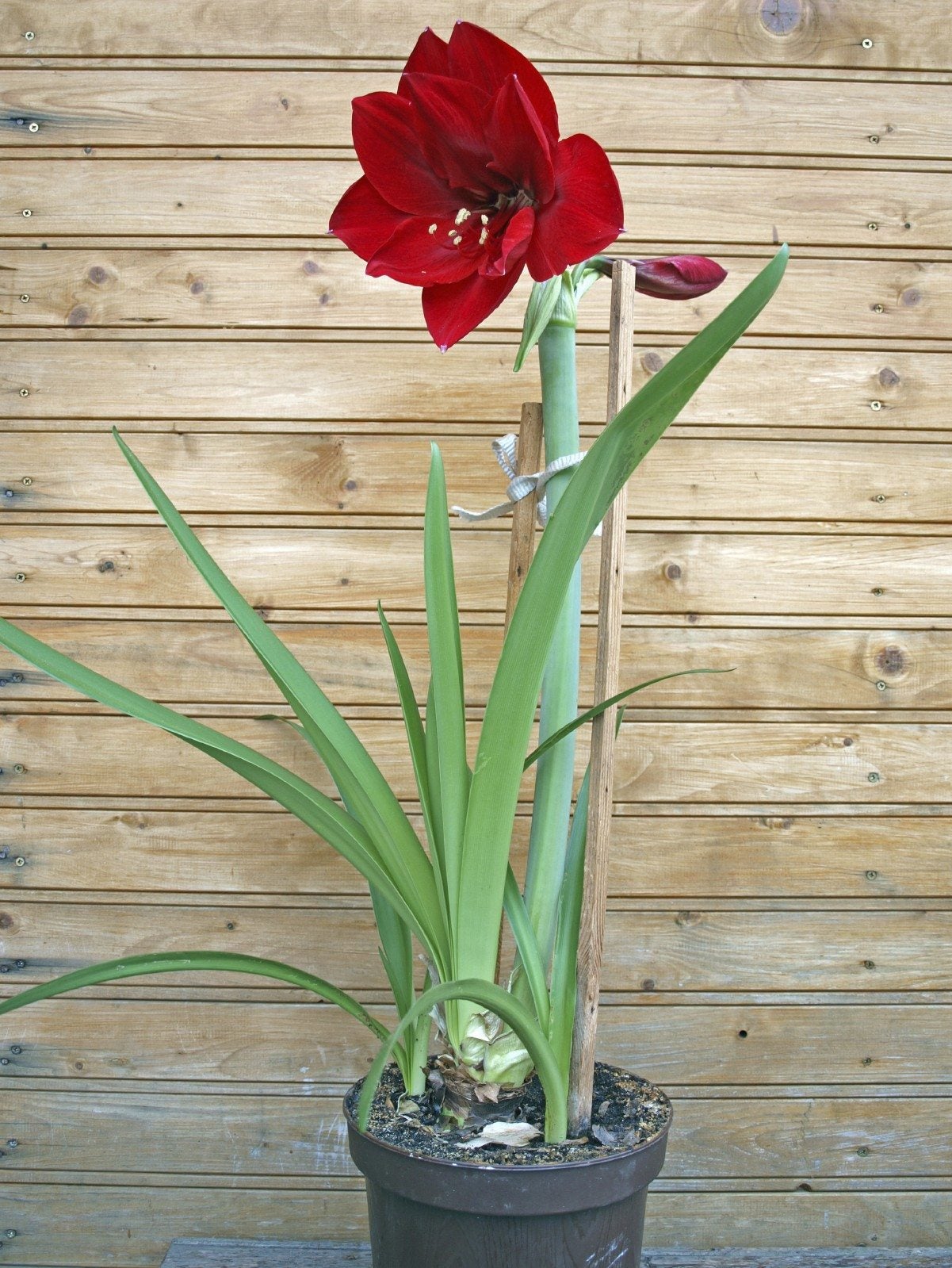 Staking An Amaryllis: Types Of Amaryllis Support Stakes
Staking An Amaryllis: Types Of Amaryllis Support StakesThe tall amaryllis stalks grow from bulbs, and each stalk bears four huge blooms. If your blooming plant gets top-heavy, you might need to learn about staking an amaryllis. Click this article for information about what to use for amaryllis plant support.
By Teo Spengler
-
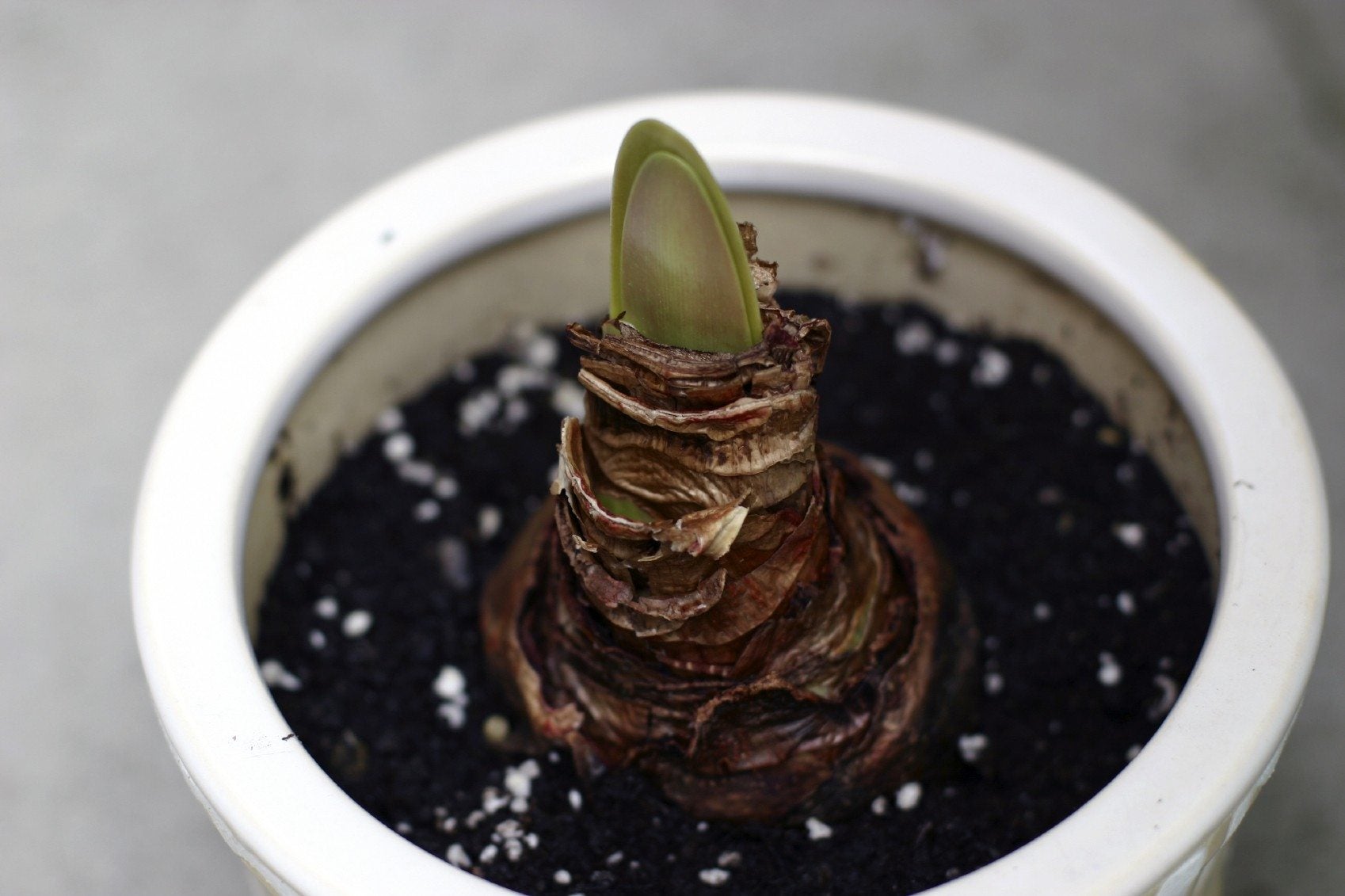 Soil For Amaryllis Plants – What Kind Of Soil Does Amaryllis Need
Soil For Amaryllis Plants – What Kind Of Soil Does Amaryllis NeedBecause it blooms in winter or early spring, amaryllis is almost always kept in a pot indoors, so you have more say in the kind of soil it grows in. So what kind of soil does amaryllis need? Learn about amaryllis soil requirements in this article.
By Liz Baessler